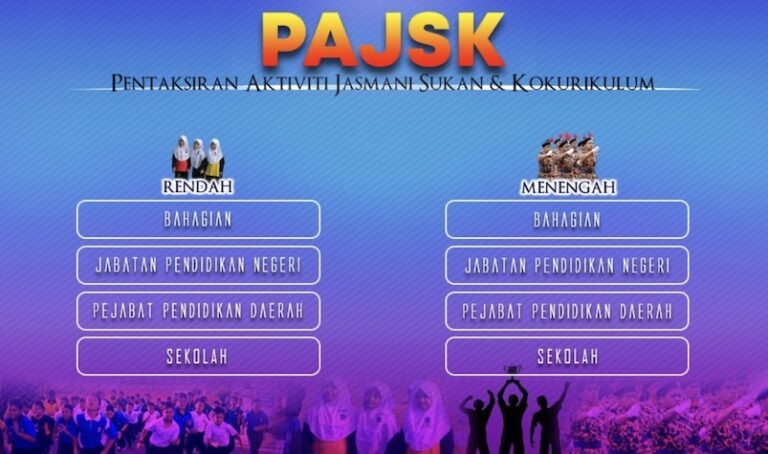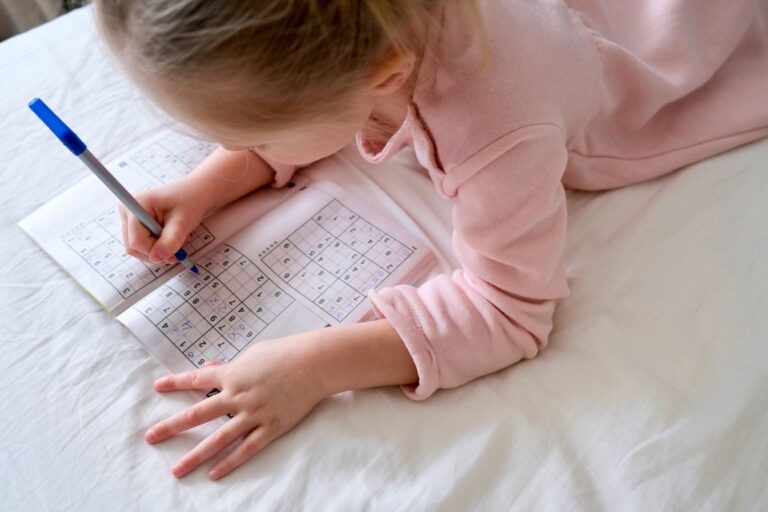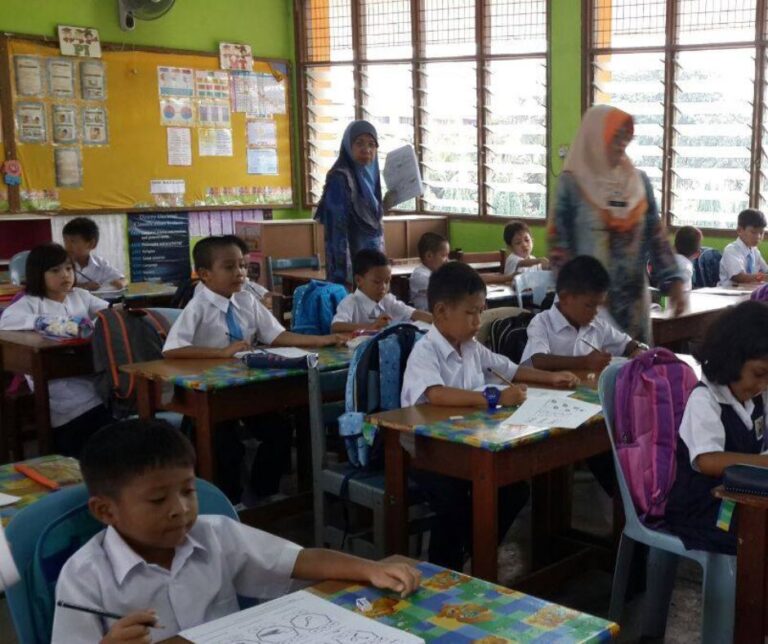No more ABCDE, New Grading System for Malaysian students with Tahap Penguasaan, TP 1 – 6
Since 2019, the Malaysian Ministry of Education (MoE) has officially abolished the three annual exams for primary school students from Standards 1 to 3, including mid-year and year-end exams.
The removal of annual exams for Standards 1 to 3 raises the questions: how will student performance be monitored? How do we know they are learning, or falling behind?
The traditional exam-based evaluation system has been replaced by a new approach that involves School Based Assessment (Pentaksiran Berasaskan Sekolah, PBS) and Classroom Assessment (Pentaksiran Bilik Darjah, PBD). This new method focuses on assessing students’ overall understanding of the subject material, rather than just their ability to perform well on exams.
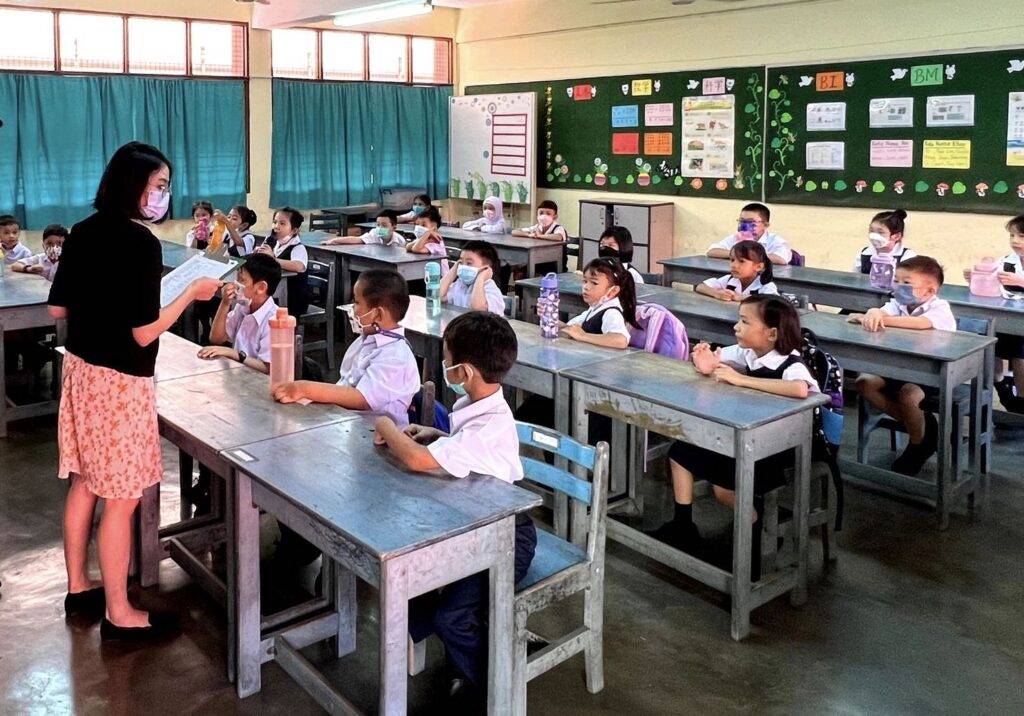
Additionally, the grading system has also been revamped, with students now being evaluated using TP 1 to 6, which stands for Tahap Penguasaan, rather than the previous Grade ABCDE system.
Parents will no longer see traditional grades such as ABCDE on their child’s report card. Instead, the report card will now feature the new Tahap Penguasaan grading system. Students will be given grades from TP 1 to TP6, for TP 1 being the lowest, and TP 6 being the best.
What is Tahap Penguasaan, TP?
Tahap Penguasaan is the new grading system to evaluate student’s learning progress.
There are 6 levels of TP that show a hierarchy of mastery levels and are used as a reference for student achievement for each subject, ie TP 1 to TP 6. These mastery levels take into account the knowledge, skills, and values set out in the curriculum.
This is the interpretation from TP 1 to TP 6 according to KPM (Kementerian Pendidikan Malaysia):
| Tahap Penguasaan | Interpretation |
| TP 1 | Students know the basics or are able to perform basic skills or respond to basic concepts. |
| TP 2 | Students able to demonstrate understanding by explaining something they have learned in the form of communication. |
| TP 3 | Students use their knowledge to perform a skill or task in a particular situation. |
| TP 4 | Students use their knowledge to perform a skill or task according to procedures or in an analytical and systematic manner. |
| TP 5 | Students use their knowledge to perform a skill or task in a new situation according to procedures or in an analytical and systematic manner, while being persistent and maintaining a positive attitude. |
| TP 6 | Students are able to use their existing knowledge and skills to be applied in new situations analytically, systematically, positively, creatively, and innovatively in generating new ideas that can be emulated. |
Note that the above is general interpretation of TP. Each subject and standard has its own detail description for each Tahap Penguasaan Level.
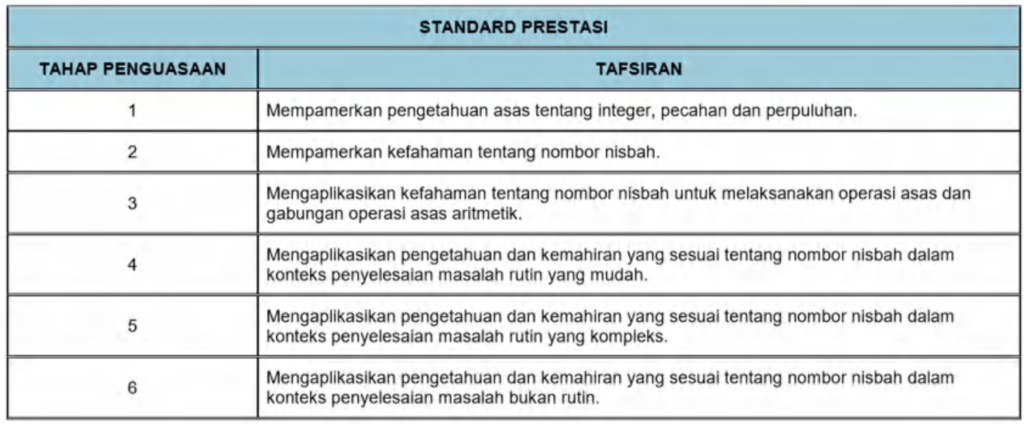
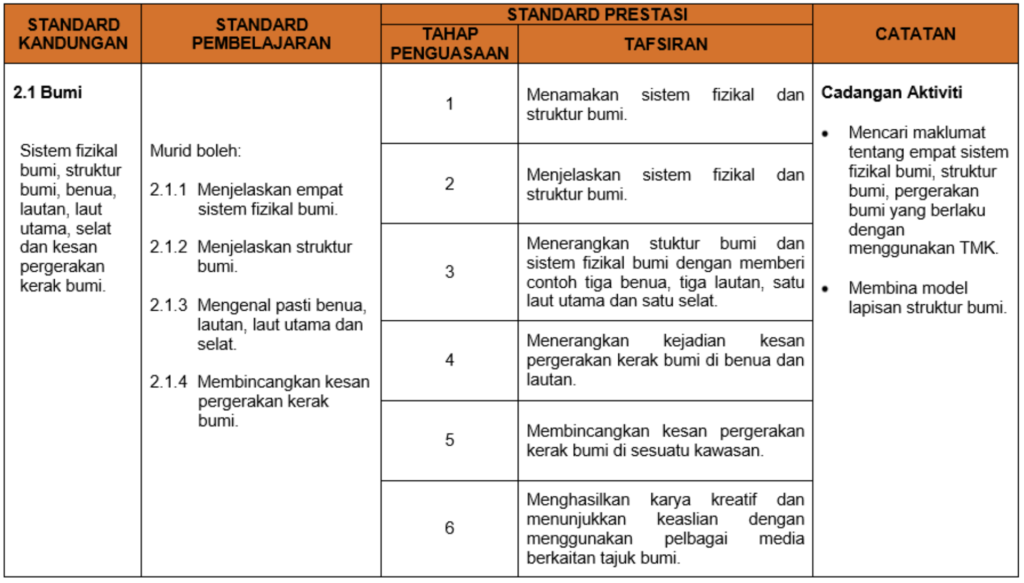
How is TP calculated?
Now that we have an understanding of what Tahap Penguasaan (TP) is, let’s take a closer look at how TP levels are calculated.
Again, it’s important to remember that Tahap Penguasaan (TP) is designed to measure the level of understanding or mastery of a student in a particular subject. But how exactly teachers going to do that?
Here are the 3 + 1 areas that teachers use to decide the TP level of your child, and we will explain why the +1 in a while.
1. Test and/or exam result
The first factor that teachers take into account when determining a student’s Tahap Penguasaan level is their exam and/or test results. This includes both their scores on classroom tests throughout the year as well as their performance on exams (if any).
The purpose of this is to evaluate the student’s understanding and mastery of the subject matter as it relates to the curriculum, and to provide a comprehensive assessment of their academic progress.
2. Behavior in classroom
However, test scores or academic grades are not the only criteria. Student’s level of engagement in classroom is an important factor as well.
We notice that different schools have different methods of evaluating classroom performance. Some schools use a student call-out system, giving each student a chance to answer questions, while others choose to let students raise their hands and speak voluntarily, observing their proactiveness and participation in classroom activities.
If a student’s performance in test or exam is average, but they actively raise their hand to answer questions and participate in classroom activities, this can increase their chances of obtaining a higher grade. Conversely, if a student’s performance in exam is excellent but their performance in the classroom is poor, with a bad attitude or lack of cooperation in classroom activities, it will naturally reduce their chances of obtaining a higher TP level.
3. Homework and assignments
Homework and projects also play a significant role in determining a student’s TP level. Teachers take into account whether the student submits their homework on time and the quality of their work. Moreover, the various projects assigned to students throughout the year are also taken into consideration.
Thus, it is essential for students to pay attention to this area and strive to do their best. By completing homework and projects on time and to the best of their ability, students can improve their chances of achieving a higher TP level.
3 + 1. Co-curriculum
We cited co-curricular activities as the 3 + 1 factor because, according to our survey with several Klang Valley schools in September 2022, while some schools included it in TP calculations, others did not.
According to KPMs, by right students’ performance in extracurricular activities is recorded under PAJSK (Assessment of Physical, Sports and Co-curricular Activities) ONLY.
However, the fact is certain schools do take those relevant co-curriculum into considered for student’s TP. For example, if represented your school in an English Writing Competition, it will help you to score a higher TP in English subject.
Again, I would like to remind parents that as of end of 2022, not every schools consider co-curriculum in the calculation of Tahap Penguasaan for the students. If you want to be sure of it, the best way would be to talk to the school teacher directly.
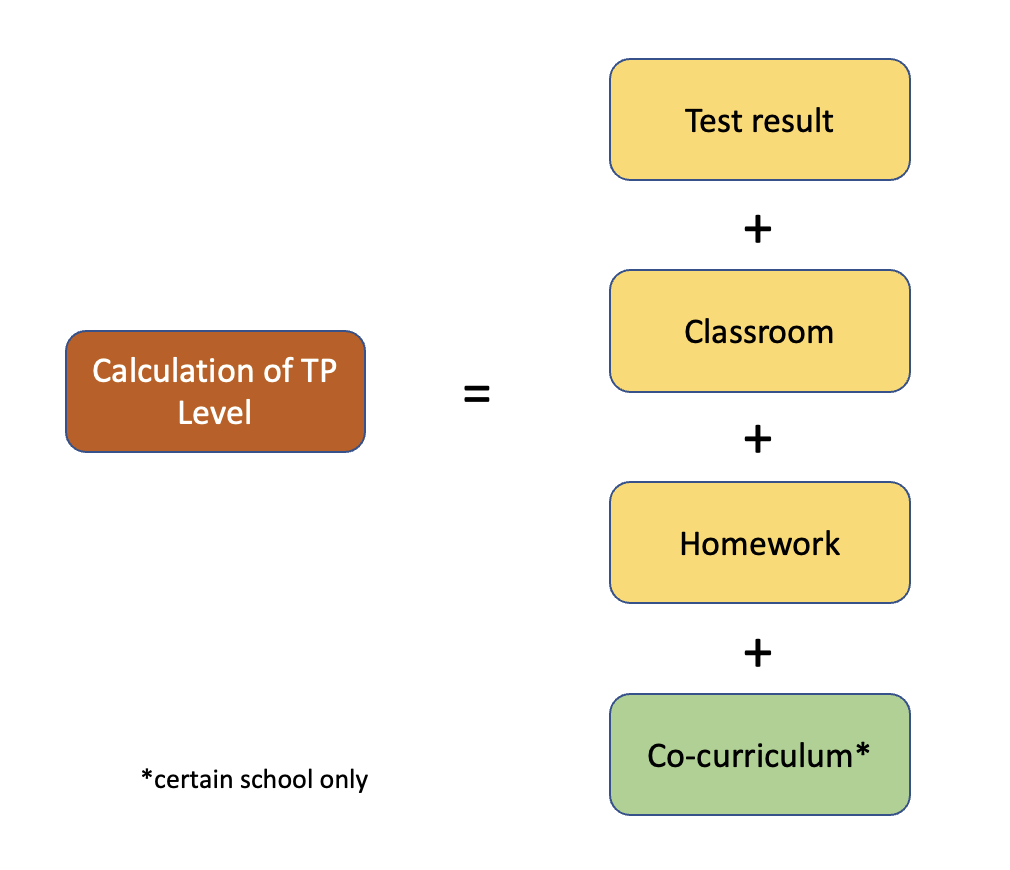
The purpose of this type of assessment planned by the Ministry of Education of Malaysia is for schools and parents to pay more attention to the comprehensive and holistic development of children, encourage them to discover their various talents, and become well-rounded students, rather than just focusing on their performance in exams.
So, do you agree with this assessment method? Have your children encountered any confusing or unsatisfactory situations in this type of evaluation? Feel free to share your thoughts in the comments section!
While I have your attention, check out our other articles here

